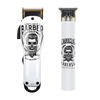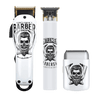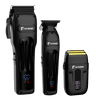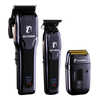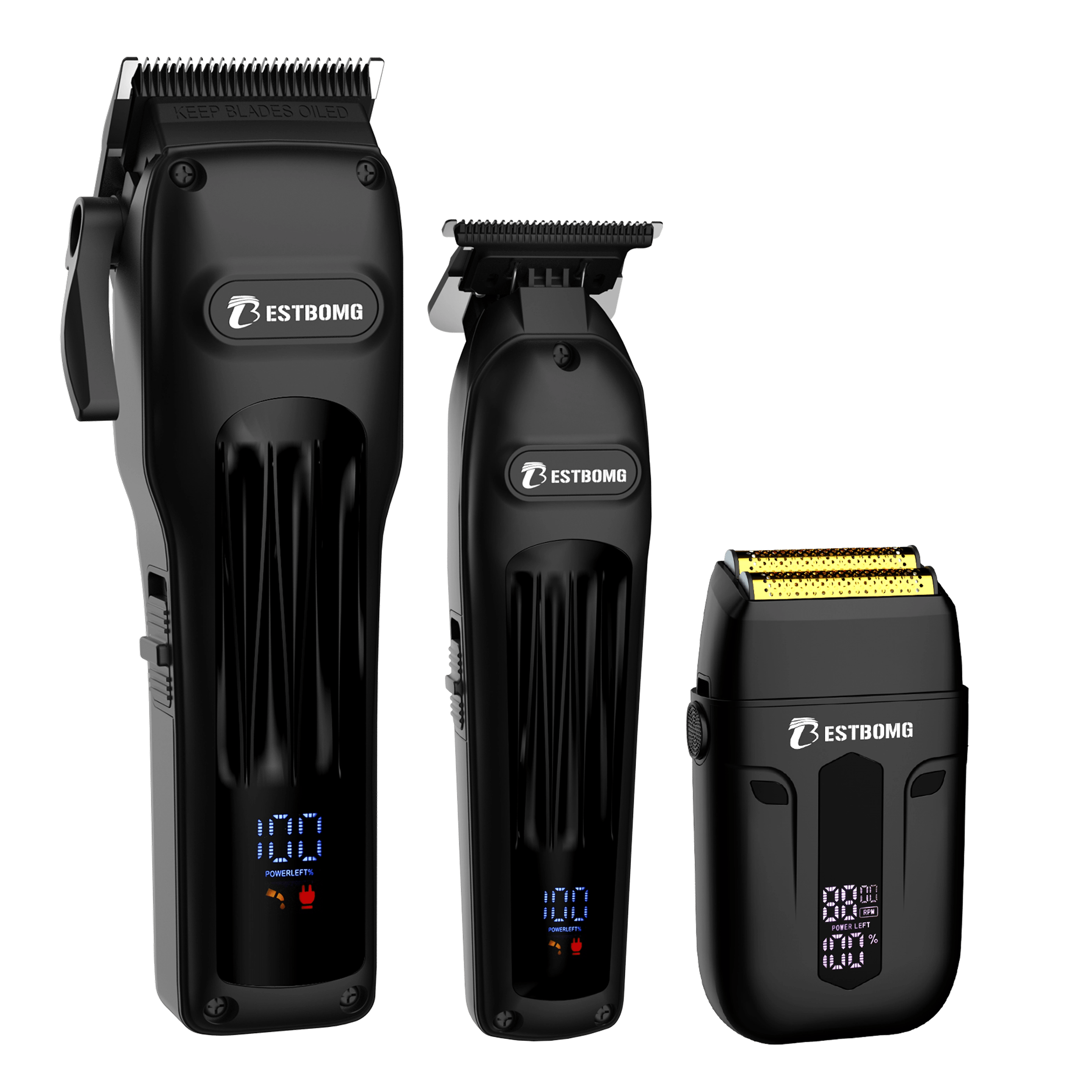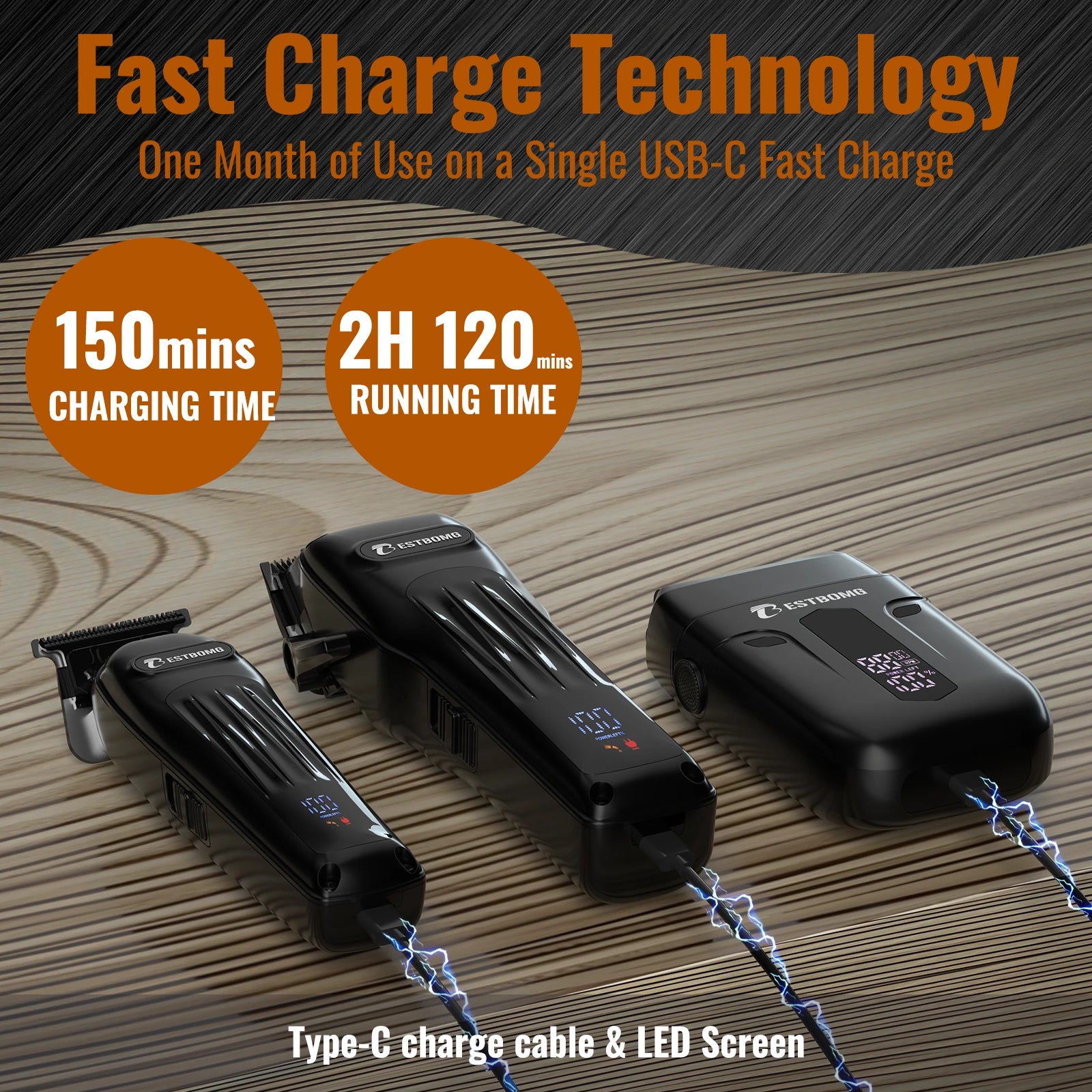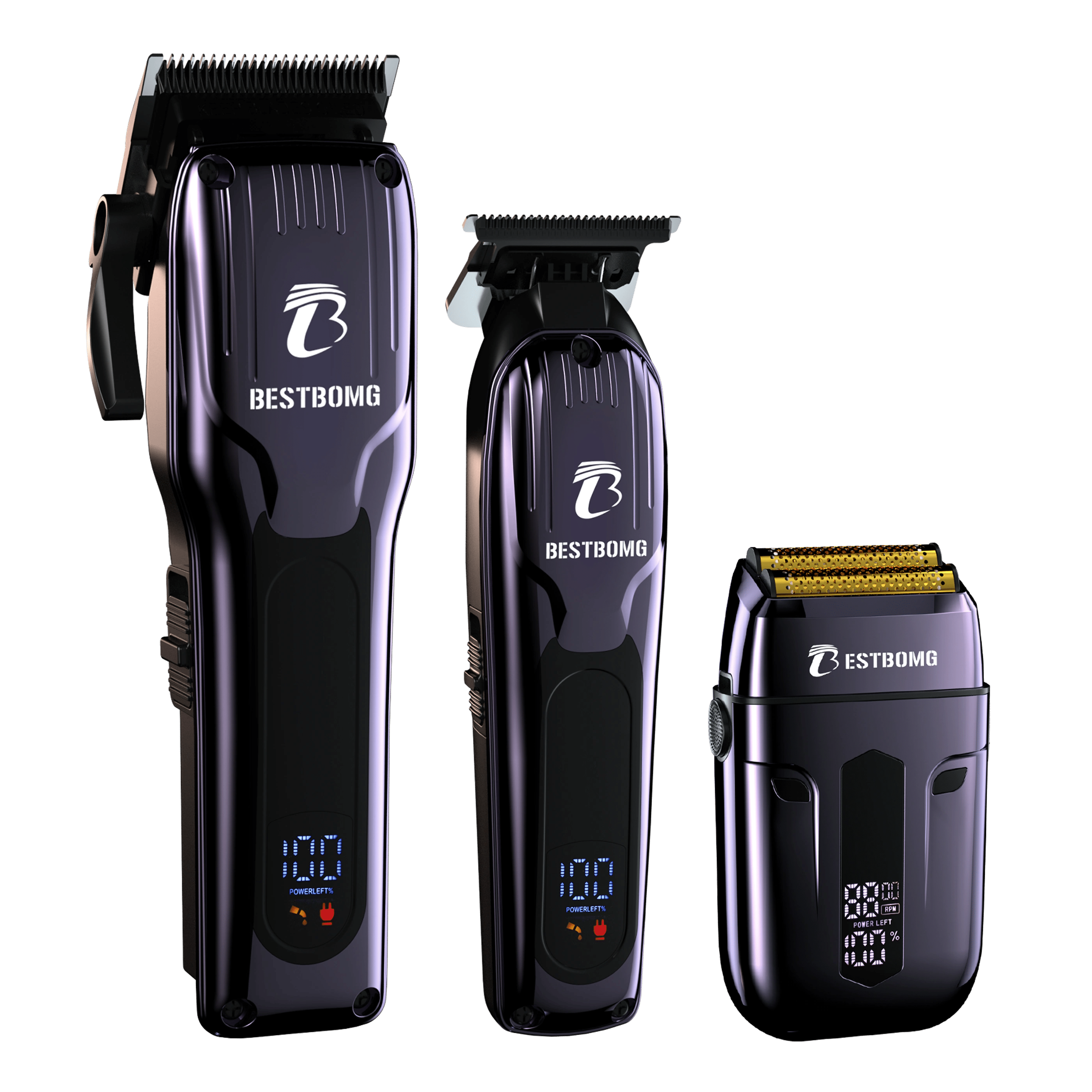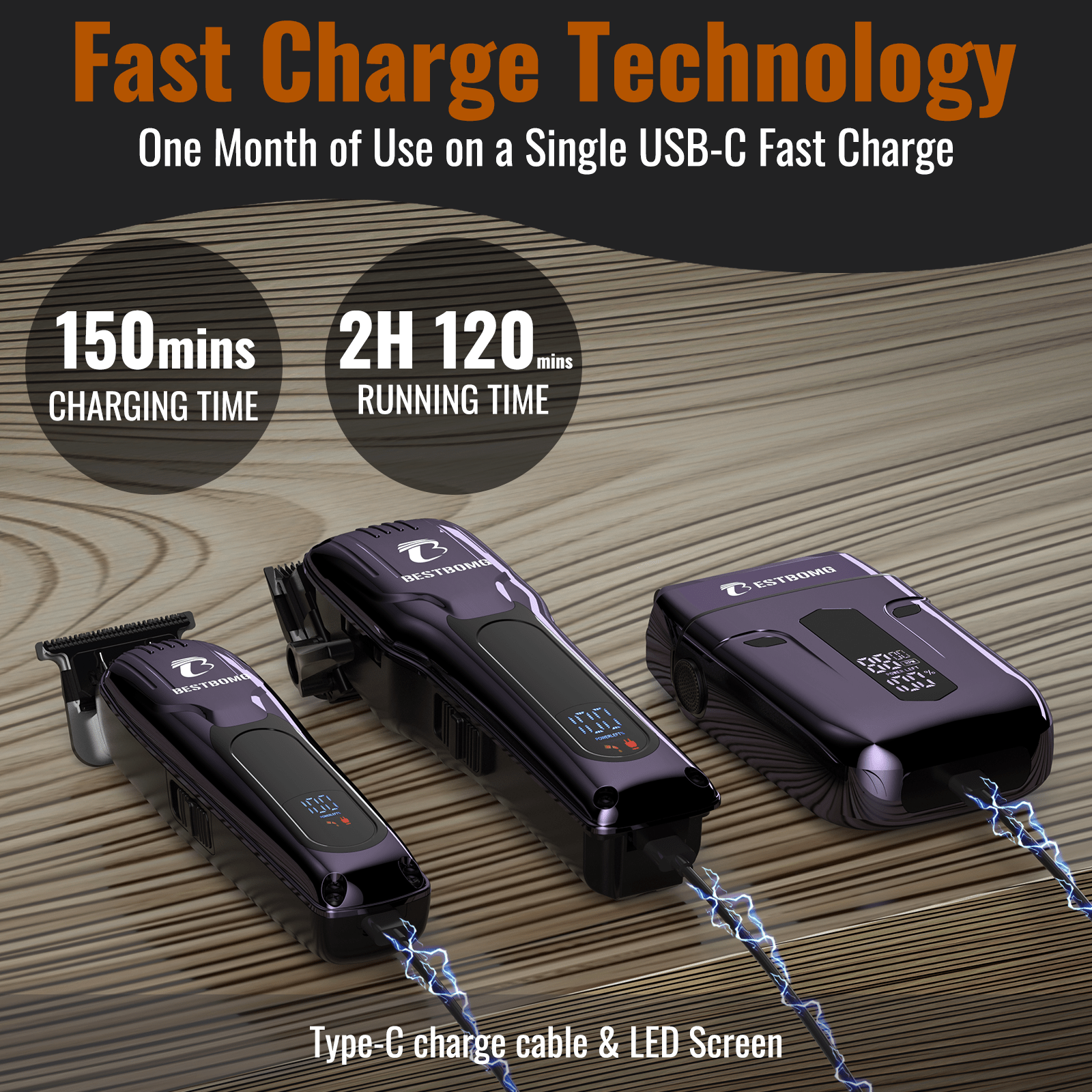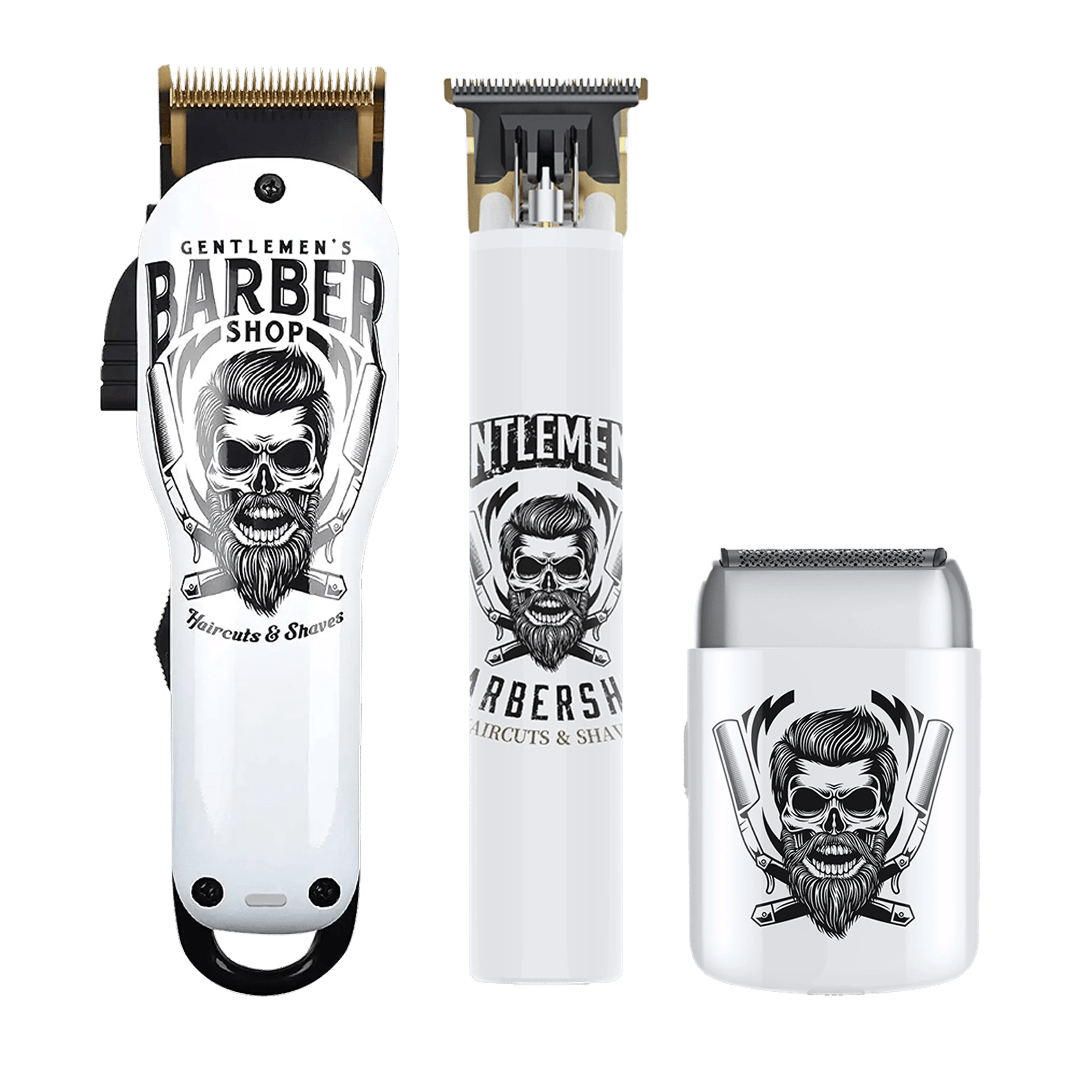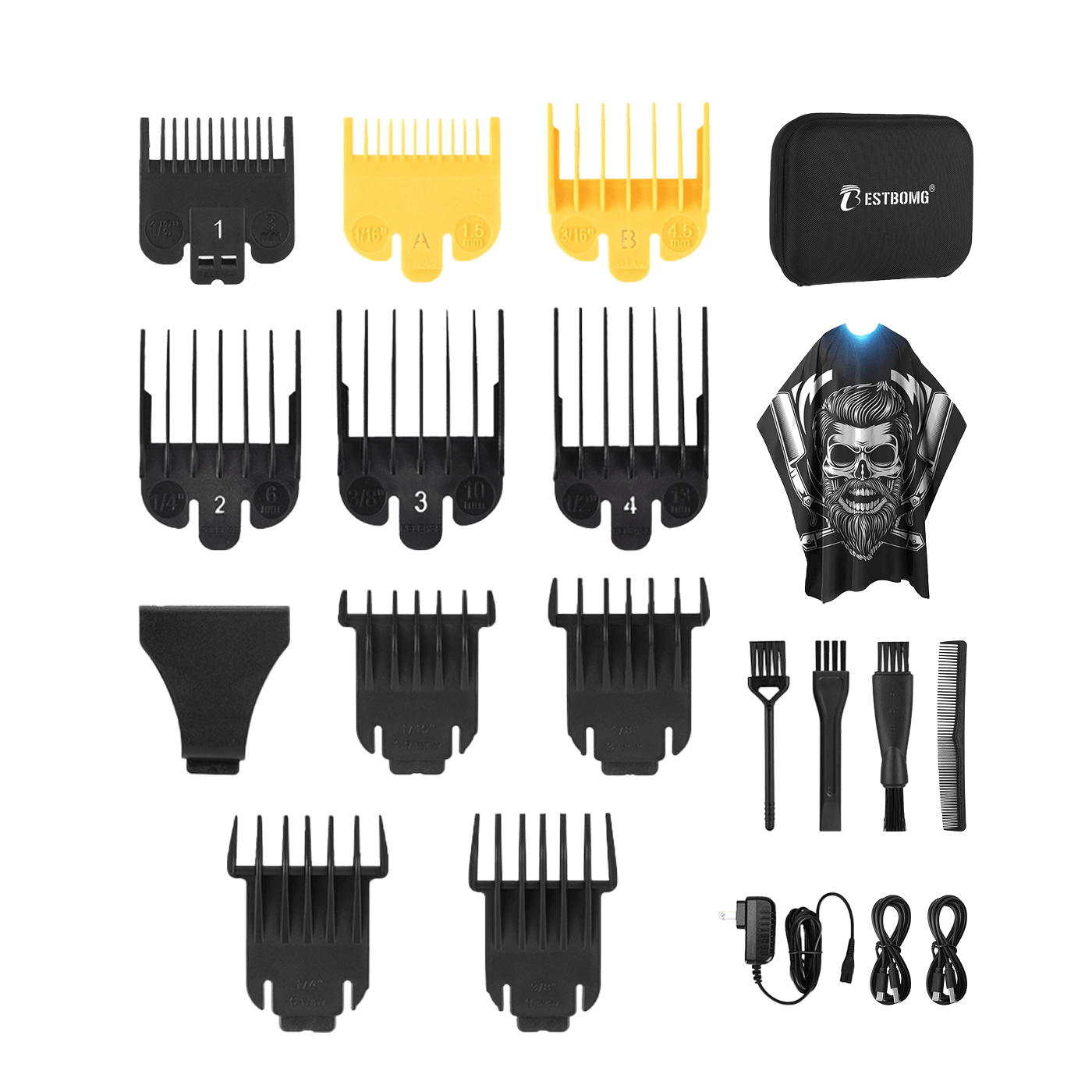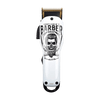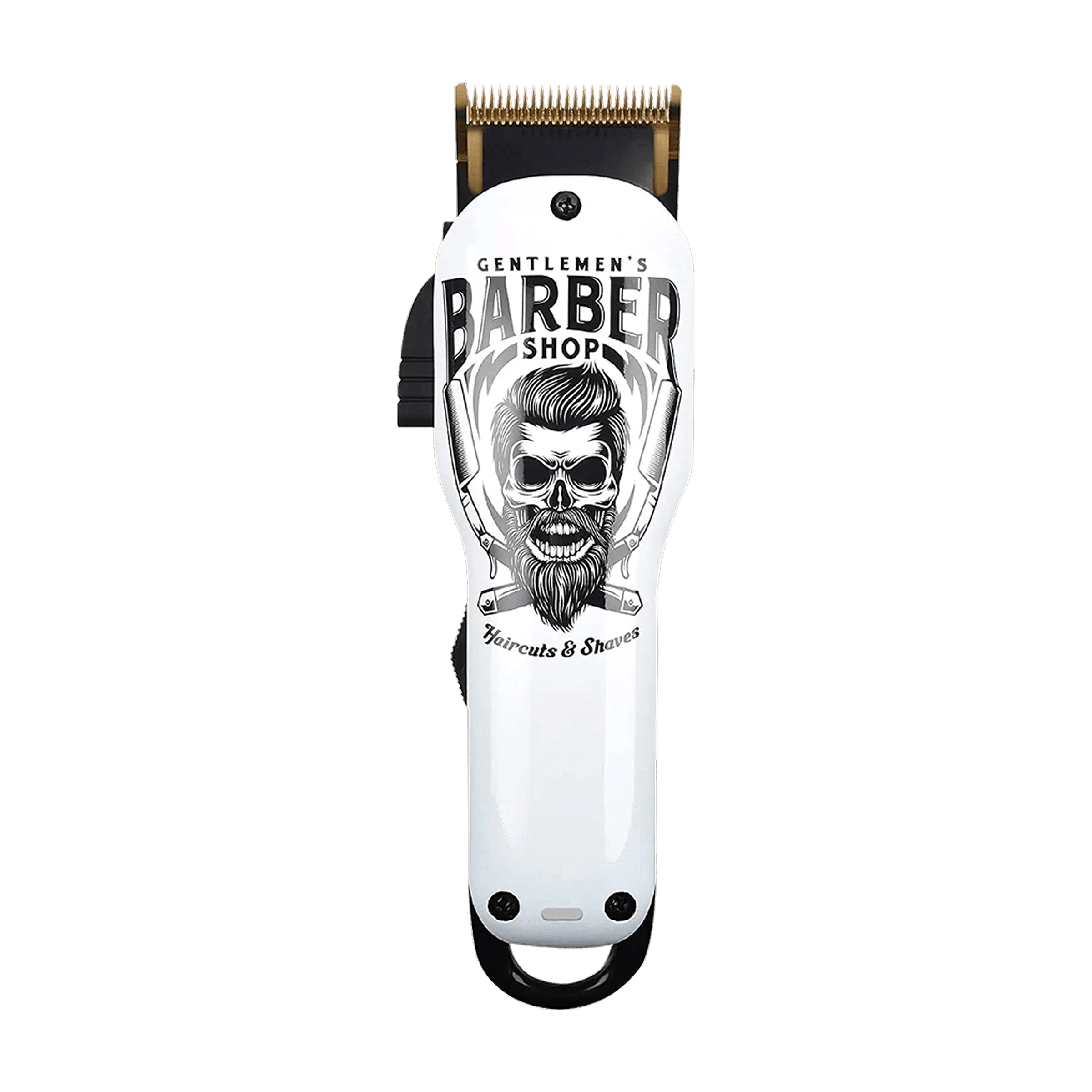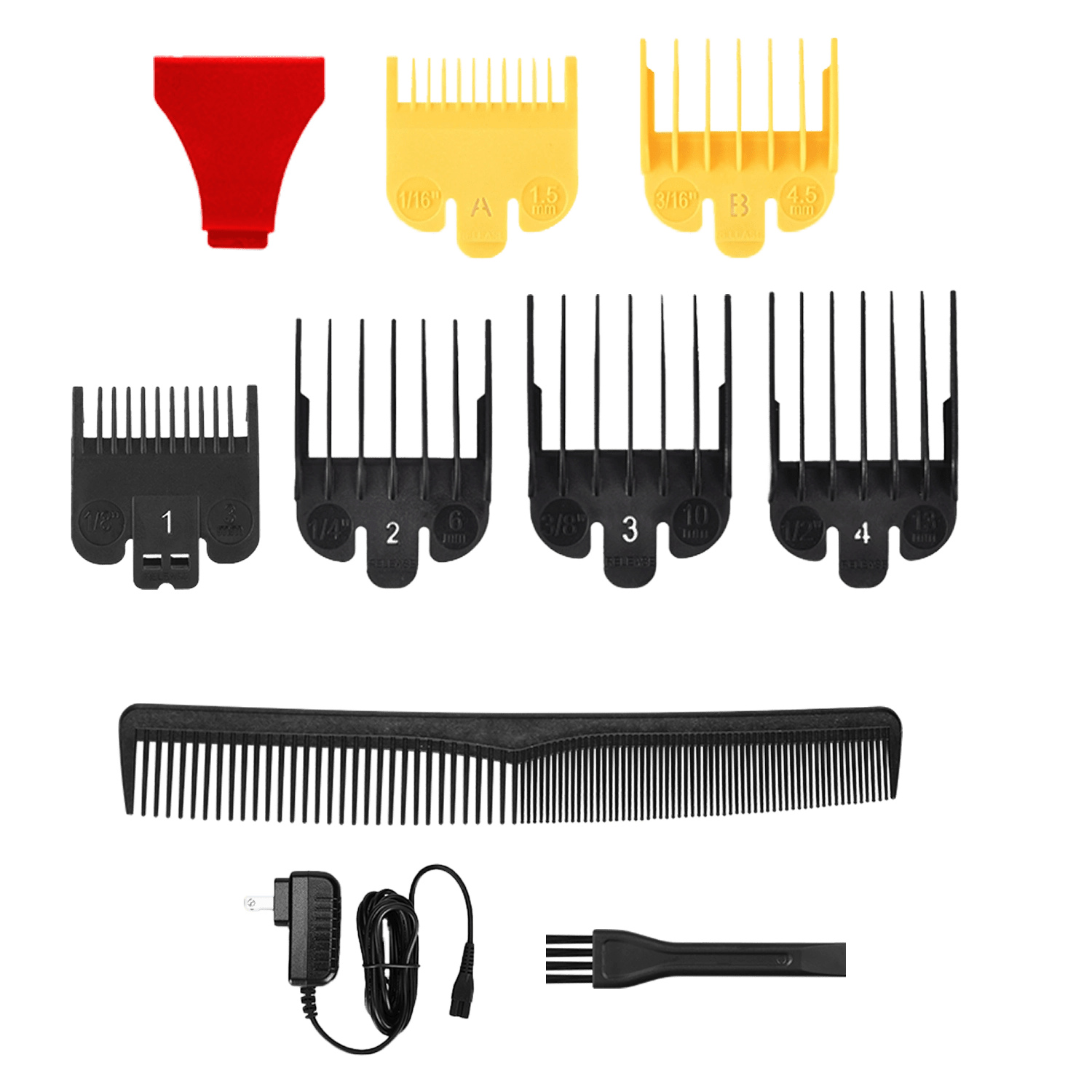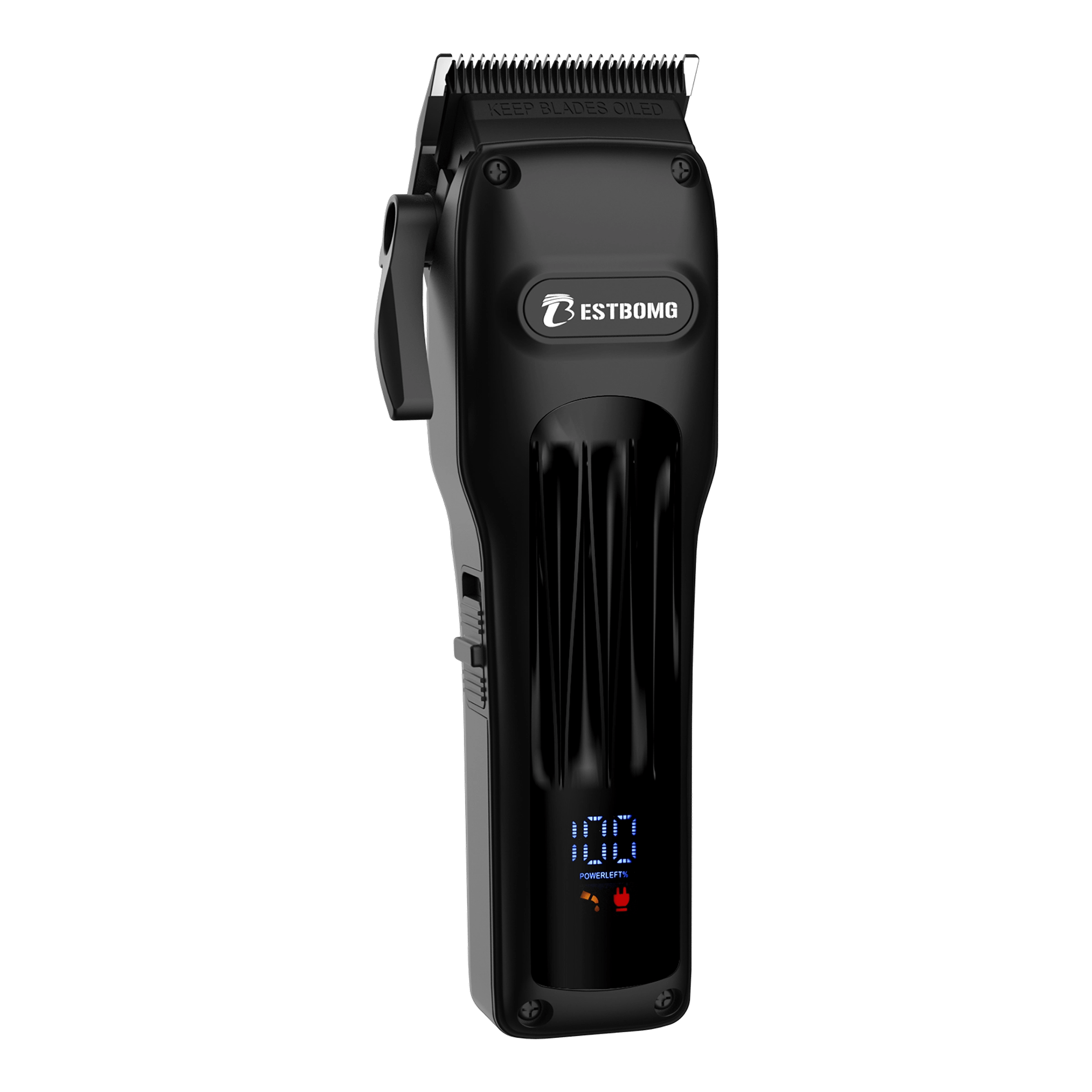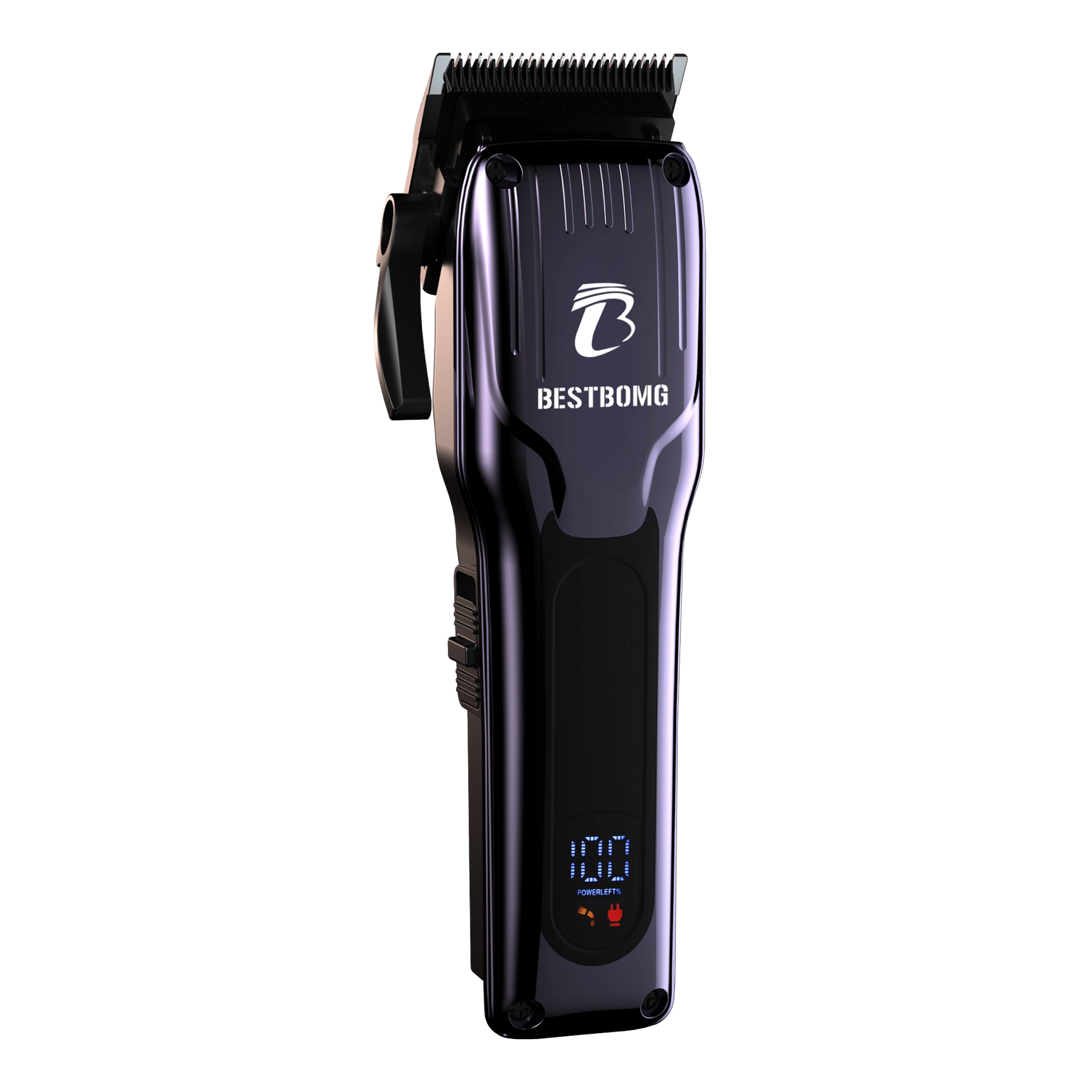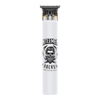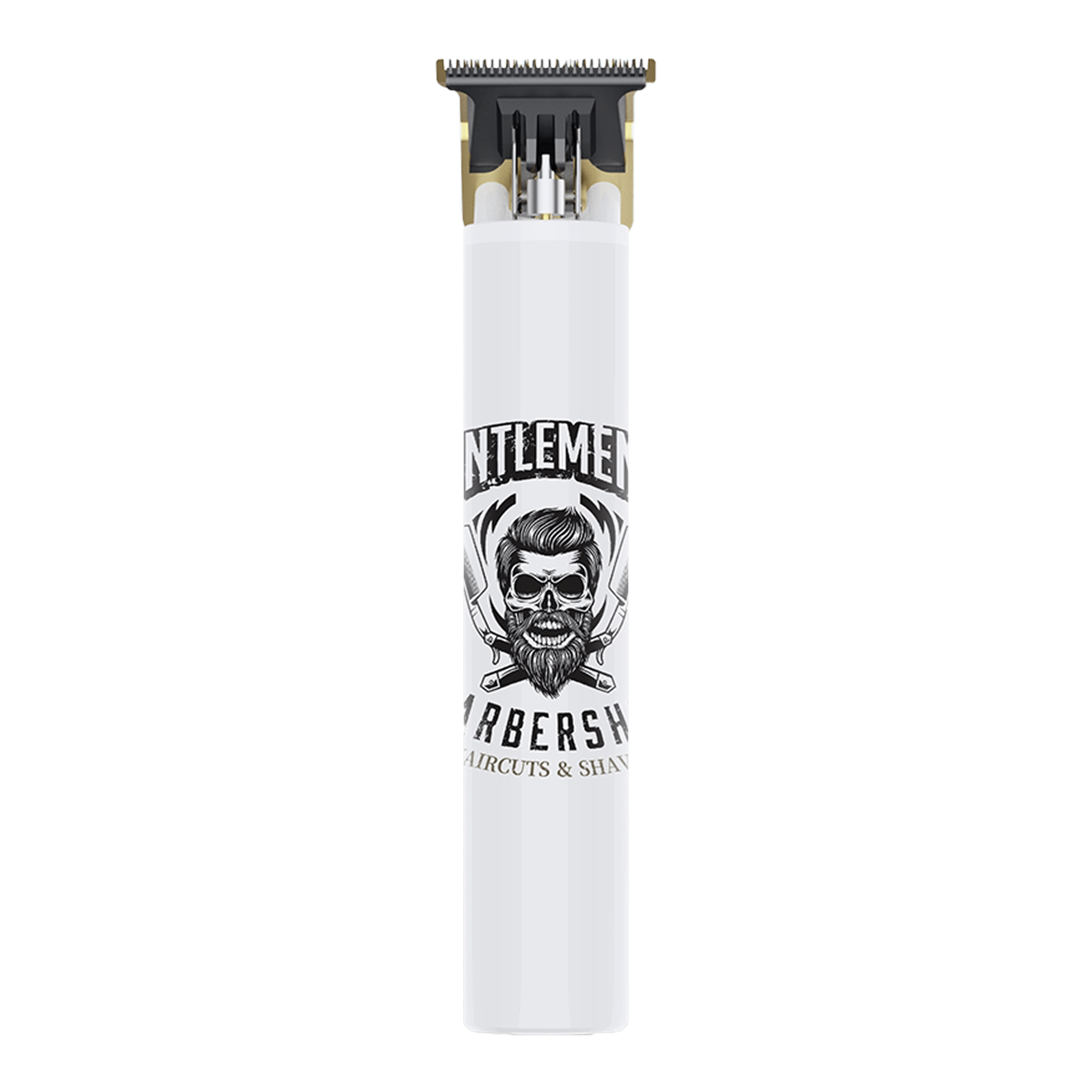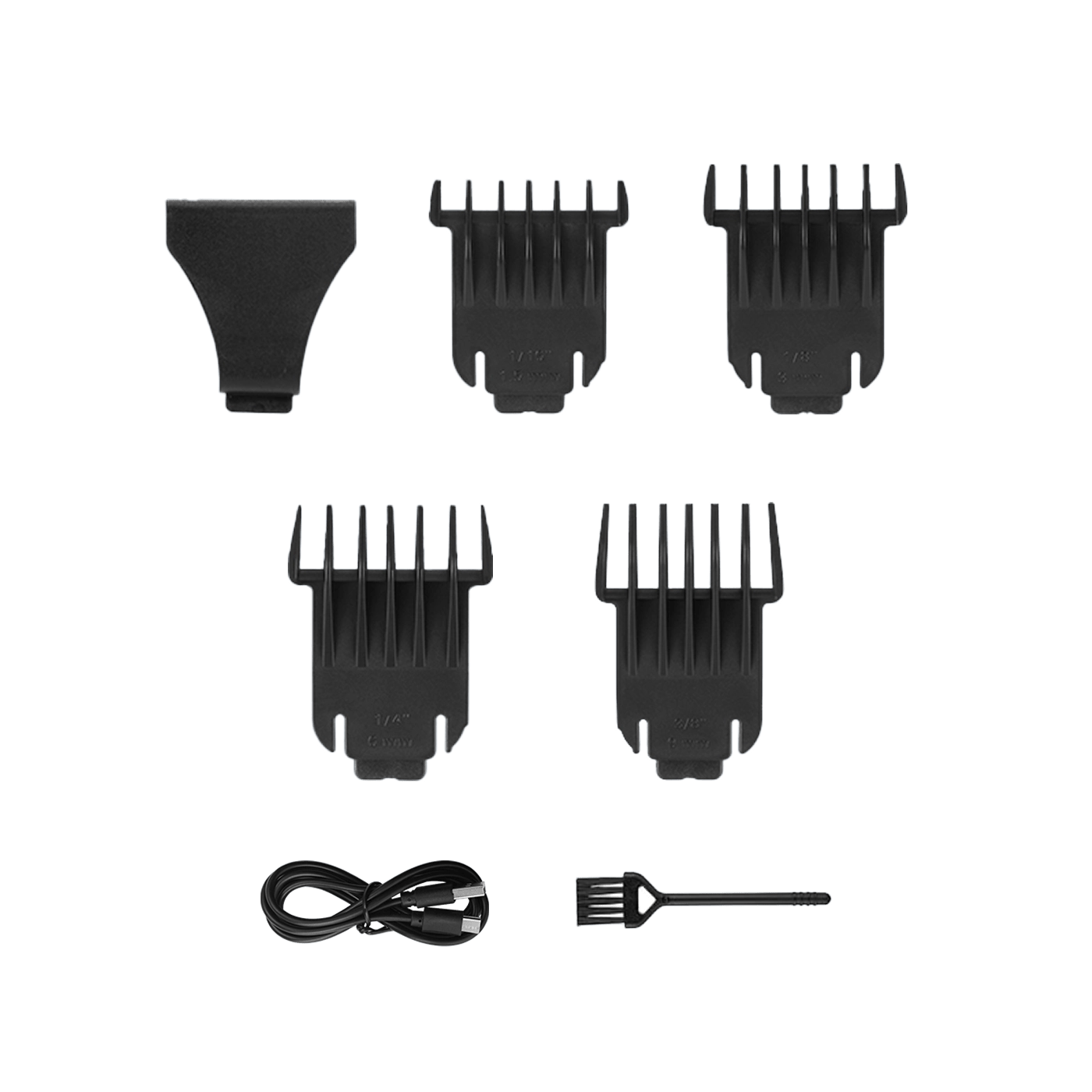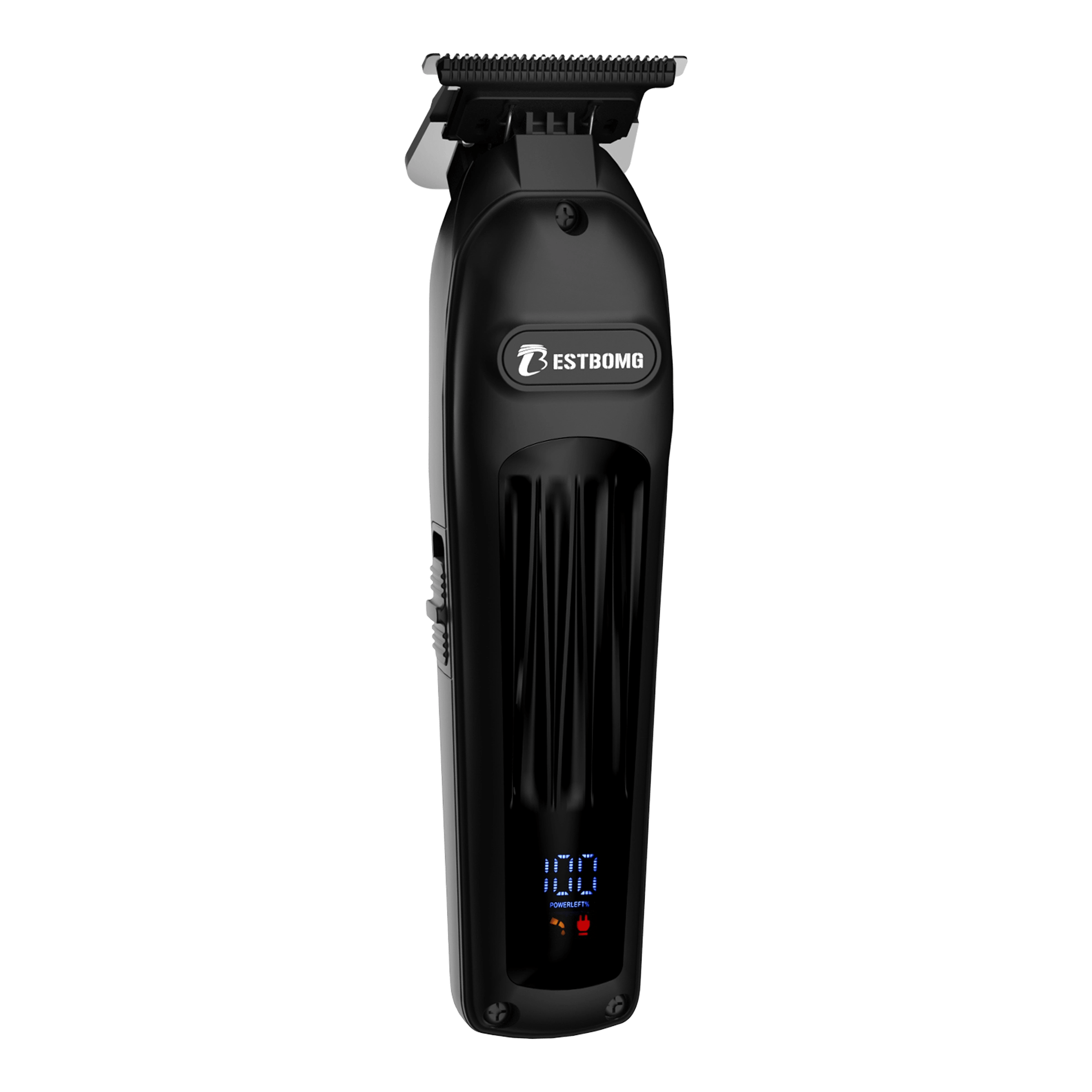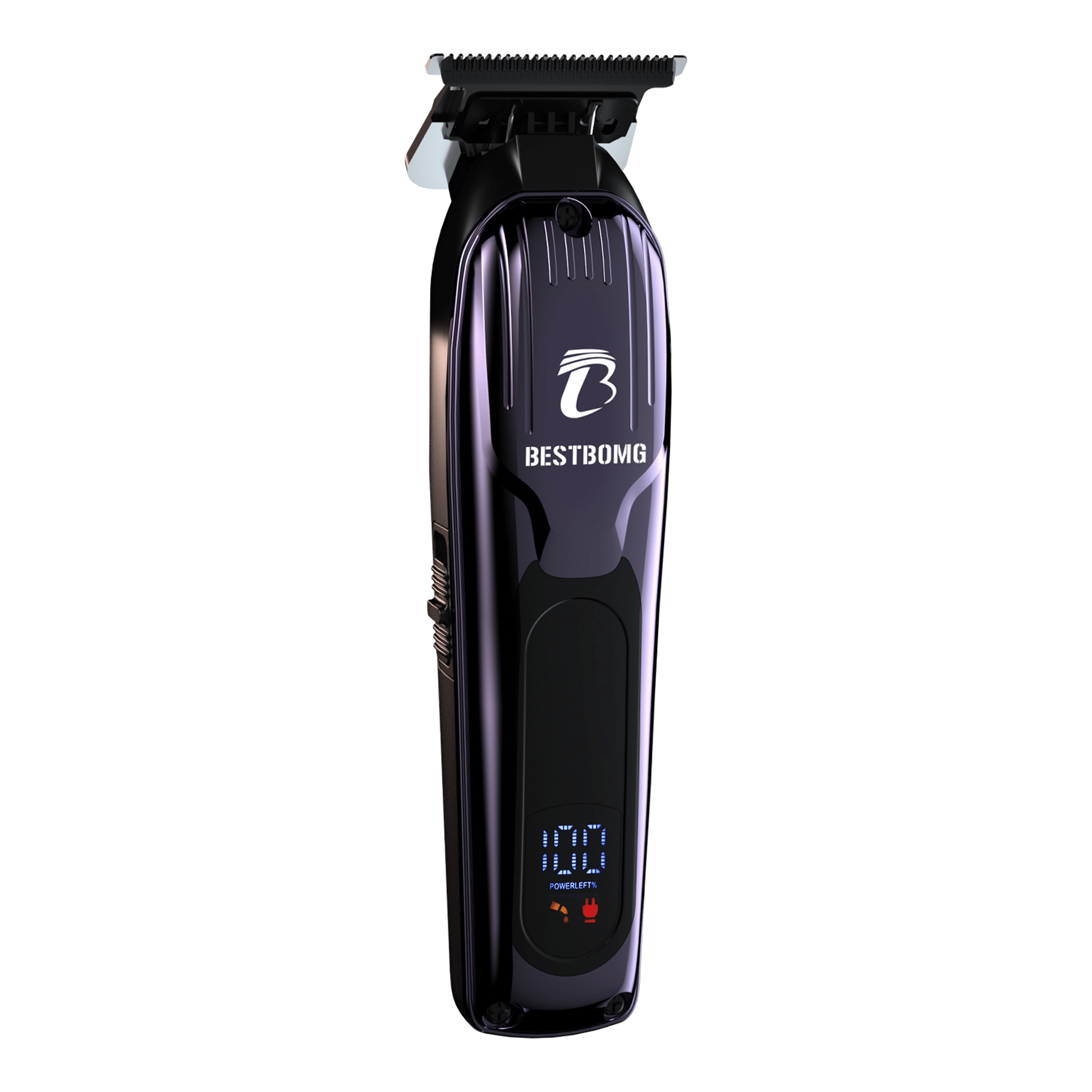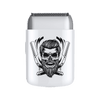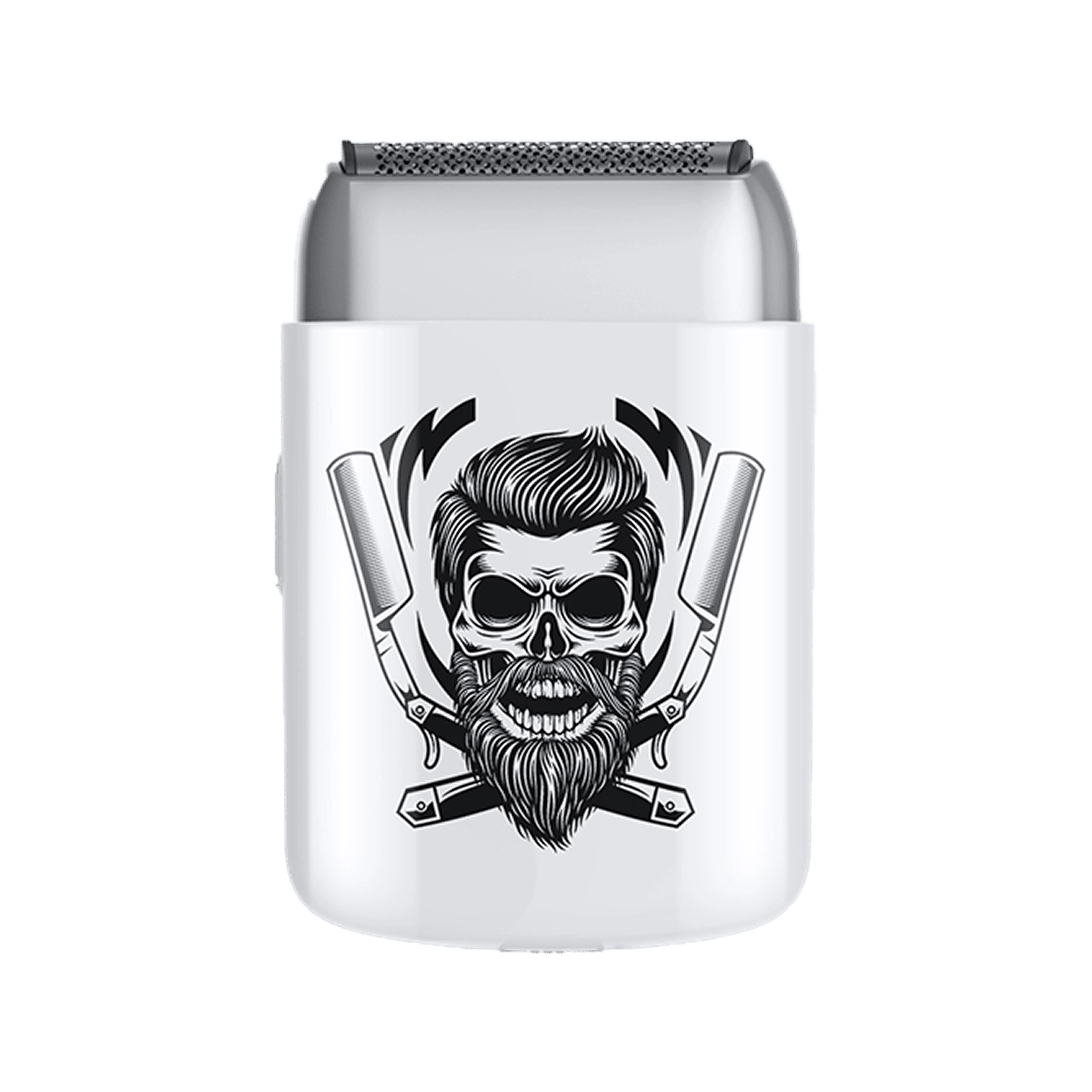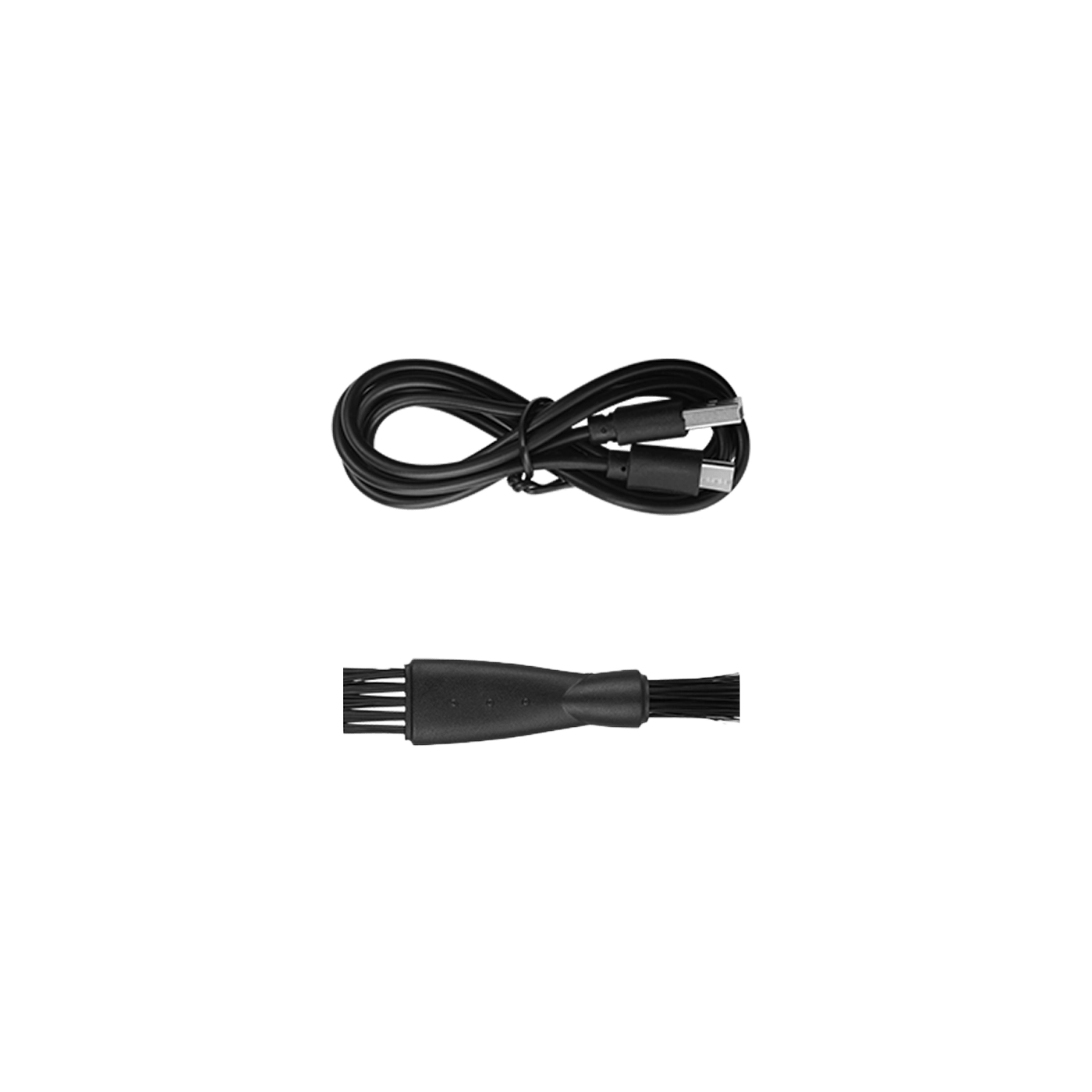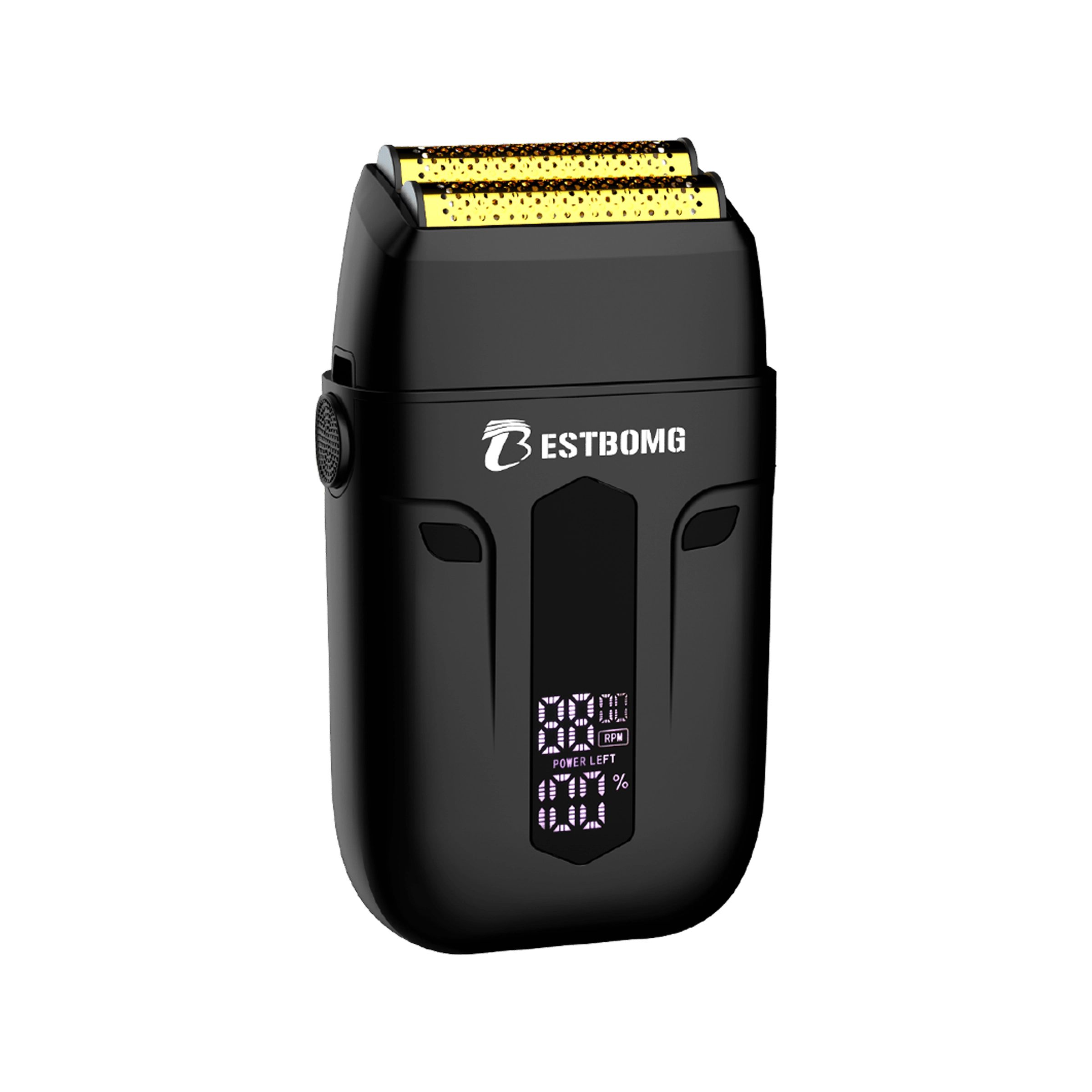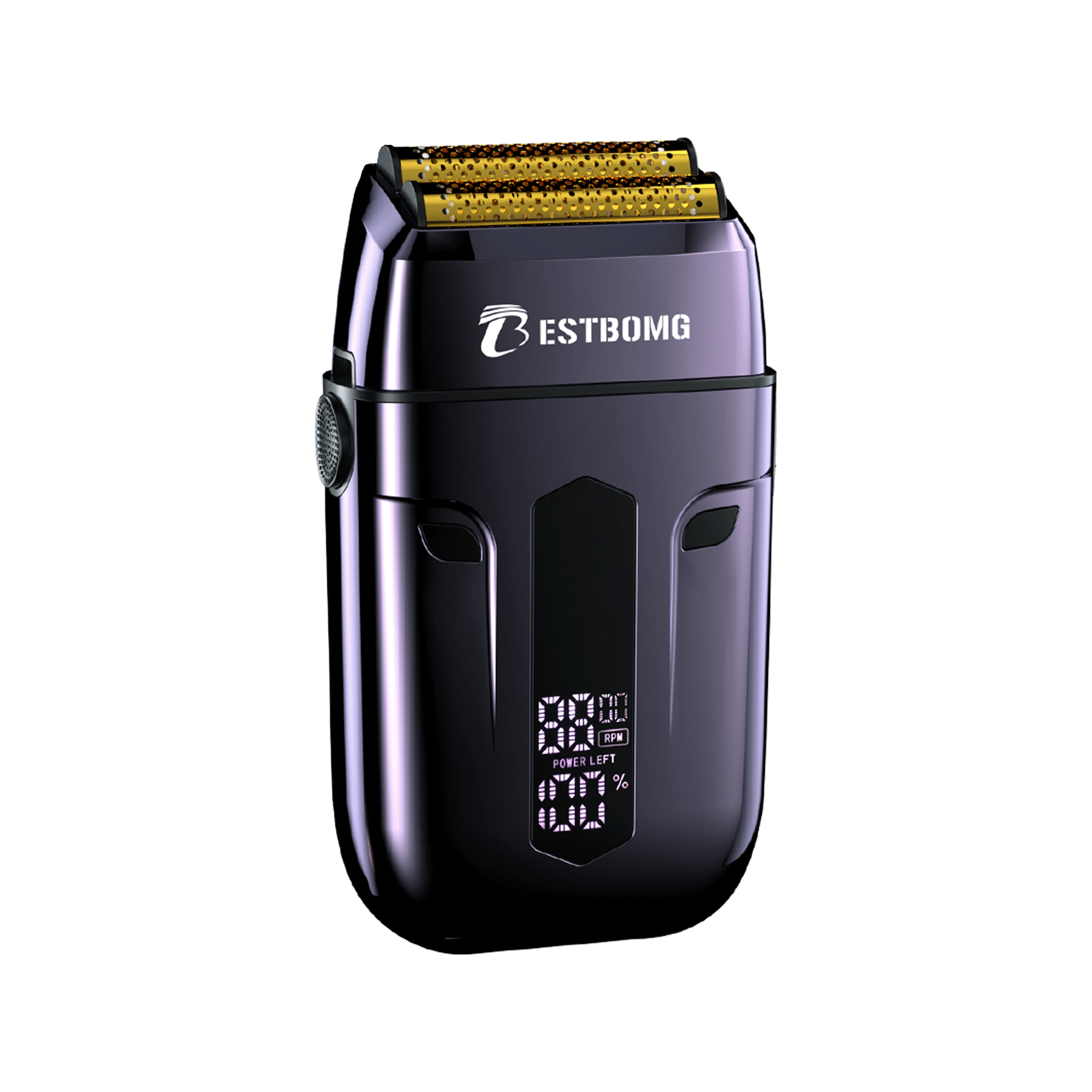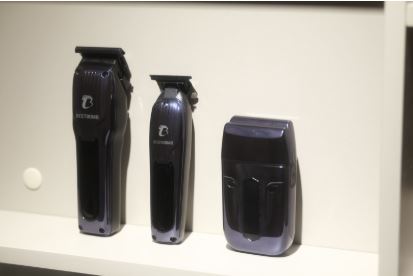If you’re hunting the best budget hair clippers for home use (or your first barber kit), you want three things: clean cuts, dependable guards, and enough power to glide through hair without tugging. The good news? You don’t have to spend pro‑studio money to get smooth, even results. This guide explains what to look for under $50, compares popular low‑cost choices, and gives you quick recipes for your first at‑home haircut—plus maintenance tips so your clippers last.
TL;DR: What actually matters on a budget
- Power + control: A steady motor and a taper lever (micro‑length control) help you blend without harsh lines.
- Blade & guards: Tight‑fitting guards (1–8) and a sharp steel blade matter more than flashy extras.
- Battery/runtime: Aim for 90–200+ minutes if you’re cutting family hair or learning to fade (fewer recharge breaks). Buying guides from major outlets consistently highlight power, guard quality, and battery life as the most useful features for home cutters.
- Maintenance: Brush, disinfect, and oil after each session. Wahl’s official guidance: a few drops across the teeth and sides, then run the clipper to distribute.
Budget picks (with use‑case notes)
Below are straightforward, wallet‑friendly choices. We start with two BESTBOMG models (great value for new DIY cutters), then list “also consider” options you’ll see frequently in budget roundups.
BESTBOMG Premium Hair Clippers — Best overall value for most homes

- Why it’s good: 7000 RPM motor for smooth cutting; taper lever for quick blending; 8 guards (~1.5–19 mm) covers common lengths; long cordless runtime for back‑to‑back cuts.
- Best for: Households cutting multiple heads; beginners who want the most guard sizes from day one.
- What to know: Keep blades oiled to maintain that “new‑clipper” glide (see quick routine below).
BESTBOMG Y4 Hair Clippers — Best budget detailer + long battery

- Why it’s good: 6500 RPM motor; adjustable blade 0.5–2.0 mm (great for edging and tight tapers); 6 guards; up to 240 minutes cordless per charge.
- Best for: Buzz cuts, kids’ hair, and anyone who wants extra‑long runtime in a compact body.
- What to know: Use the fine blade adjuster for necklines/edges, then snap on guards for bulk cutting.
Also consider (well‑known budget staples)
- Wahl Color Pro Complete Hair Cutting Kit — beloved for its color‑coded guards and value‑for‑money bundle; frequently recommended as an inexpensive starter set.
- Remington HC4250 Shortcut Pro — compact “palm” design and curved blade that’s handy for self‑cuts.
- Andis EasyCut Hair Clipper Kit — simple, durable budget kit from a classic pro brand.
Why include non‑BESTBOMG picks? Credible shopping guides and pro shops often cite these specific models as entry‑level winners. Comparing them to BESTBOMG helps you weigh guards, runtime, and price side‑by‑side.
Buying guide: how to spot the best cheap hair clippers

Motor basics (speed vs torque)
Common clipper motors include magnetic, pivot, and rotary. In budget gear, you’ll typically see simple rotaries or magnetics:
- Magnetic: High blade speed, lighter duty. Good for fine‑to‑medium hair and quick touch‑ups.
-
Pivot/rotary: Lower blade speed but more torque—better for thicker hair and bulk removal. (Many barber resources explain that pivot/rotary drives tend to push through denser hair more confidently.)
Blade quality & adjustability
Carbon‑steel blades are the standard at this price; an adjustable blade (e.g., 0.5–2.0 mm on BESTBOMG Y4) helps with tight tapers and close cleanups before you reach for a foil shaver.
Guards & taper lever
Budget kits should include guards #1–#4 at minimum; #5–#8 adds flexibility for the top and longer trims. A taper lever (micro‑length control) makes blending faster than swapping guards constantly. (Wahl’s training content teaches lever‑up = closer; lever‑down = longer.)
Battery/runtime & corded backup
For home use, prioritize runtime so you can learn without rushing. Major editors consistently note battery life + attachments among the top things to check.
Weight, noise, heat
Lighter clippers are easier for self‑cuts and for cutting kids’ hair. If you’re sensitive to noise, read reviews for “buzz” comments. (Some rotary units are quieter; magnetics can sound snappier.)
Guard numbers (quick chart)
|
Guard |
Inches |
Approx. mm |
Typical use |
|
#1 |
1/8" |
~3 mm |
Very short sides/stubble |
|
#2 |
1/4" |
~6 mm |
Classic close buzz sides |
|
#3 |
3/8" |
~10 mm |
Popular all‑over buzz |
|
#4 |
1/2" |
~13 mm |
Safer starter on sides/back |
|
#5–#6 |
5/8"–3/4" |
~16–19 mm |
Longer top |
|
#7–#8 |
7/8"–1" |
~22–25 mm |
Extra length on top |
First cut? Try these beginner recipes
These “recipes” mirror what pros and DIY guides suggest for easy wins: start longer, work sides/back first, and blend with the lever.
Even buzz (fastest)
- One guard all over (#3 is a popular middle ground).
- Pass with the grain, then a light pass against for uniformity. (Keep touch gentle.)
Short‑back‑and‑sides
- Sides/back: #3 (lever open) up to the head’s “ridge.”
- Blend band: Step to #2, flick lightly at the line; return to #3 (half‑open) to soften.
- Top: #5–#6 guard or clipper‑over‑comb.
- Detail: Lever up (closest) for sideburn bottoms, around ears, and neckline taps.
Low taper (beginner fade feel)
- Nape line: #1 for the lower 1–2 cm.
- Mid: #2, overlapping above.
- Upper: #3 into the ridge.
- Use the lever to melt any steps.
Care & maintenance (1–2 minutes)
A clean, oiled blade cuts cooler, quieter, and lasts longer.
- Brush hair out of the teeth and under the blade (remove the blade if your model allows).
- Disinfect the blade (70% isopropyl alcohol or a clipper disinfectant spray; follow label contact time).
- Oil: put 2–3 drops across the teeth and 1 drop on each side, run 5–10 seconds, wipe excess. That’s exactly how Wahl recommends doing it to reduce heat and tugging.
How our picks compare to buzzed‑about budget favorites

Why do models like Wahl Color Pro or Remington Shortcut Pro keep showing up in budget lists? Because they’re easy to use, include a full guard spread, and are widely available at low prices—traits highlighted by barber supply blogs and editorial roundups.
Where BESTBOMG stands out at similar price points:
- Runtime: Both BESTBOMG clippers push all‑day battery territory (great for families).
- Blending control: The taper lever + fine blade adjust (Y4: 0.5–2.0 mm) make budget fades easier.
- Value kits: You get the guards you actually use most, without a bulky, expensive bundle.
If you need a compact self‑cut tool with a curved blade for head‑shaving passes, the Remington Shortcut remains a handy niche pick; if you want a standard clipper footprint with long runtime and a full guard set, BESTBOMG’s Premium is the simpler choice.
Quick decision guide (choose by hair + usage)
- Short, straight‑forward buzzes (one‑guard all over): BESTBOMG Y4 or Premium; choose Y4 if you’ll also do tight edges (thanks to the 0.5–2.0 mm adjuster).
- Kids & family cuts: BESTBOMG Premium—more guards + long runtime means fewer stops mid‑cut.
- Thick/coarse hair: Favor clippers marketed with higher torque/rotary drive or better runtime; torque helps push through density—exactly what barber motor explainers point out.
- Self‑cutting (solo): Consider a compact design (Y4) or a curved‑blade self‑cut model like Remington’s Shortcut; both reduce awkward angles.
Budget myths (and what really matters)
- “RPM alone tells you cutting power.” Not quite. Torque + blade sharpness + guard stability = real‑world cutting feel. Barber motor guides note pivot/rotary styles bring more torque for denser hair, even at lower blade speeds.
- “Cheap kits are fine without oil.” Skipping oil is why budget clippers start pulling after a few cuts. A 30‑second oil keeps the edge slick and quiet. (Wahl demonstrates exactly where to drop oil.)
- “Any guard set is okay.” Flimsy guards flex, changing the cut length. Budget picks like Wahl Color Pro are popular partly because the color‑coded guard set is sturdy and complete.
Sample at‑home workflow (beginner‑friendly)
- Prep: Wash, dry completely, comb.
- Plan: Start with #4 on sides/back; you can always step down.
- Sides/back: Move against the grain to the ridge; roll your wrist outward to avoid gouging.
- Blend: #3 at the shadow line; then a few lever flicks (half‑open/closed) until it melts.
- Top: #5–#6 or clipper‑over‑comb for shape.
- Edge: Lever up (closest) around ears/sideburns/neckline with short, tapping strokes.
- Clean & oil (per above) before you put the clipper away.
Bottom line
You don’t need a pro rig to get clean, confident home haircuts. For the best budget hair clippers, focus on motor feel + guard set + taper lever + runtime—then keep them clean and oiled. That’s the real recipe for smooth, snag‑free results.
Frequently Asked Questions
What are the best budget clippers?
For most first‑timers and home users, BESTBOMG Premium Hair Clippers (full guard set, taper lever, strong runtime) and BESTBOMG Y4 Hair Clippers (fine blade adjust, long battery) are excellent, low‑cost picks. If you prefer well‑known legacy models, Wahl Color Pro remains a common budget recommendation across barber and editor roundups.
What is the best rated hair clippers for home use?
Rankings vary by outlet and price bracket, but recent editorial roundups frequently highlight Wahl‑made kits (e.g., Color Pro; Cordless Magic Clip at higher budgets) and emphasize power, guard quality, and battery life as the winning trio for home cutters.
Which hair clipper is best?
“Best” depends on your needs: for under $50, pick a kit with a taper lever, a complete guard set, and solid runtime (e.g., BESTBOMG Premium). For self‑cuts, look at compact bodies (BESTBOMG Y4) or a palm design like Remington Shortcut. For pro‑leaning cordless power (higher budgets), barbers and testers often point to Wahl’s pro lines.
Which is the No. 1 trimmer brand?
There isn’t a universal #1; in pro shops and mainstream guides, the most cited clipper makers are Wahl, Andis, Oster, BaBylissPRO, and others—brands you’ll see stocked by barber suppliers and featured in editorial picks. Choose based on guards, torque/runtime, and blade quality, not just the logo.
Læs mere
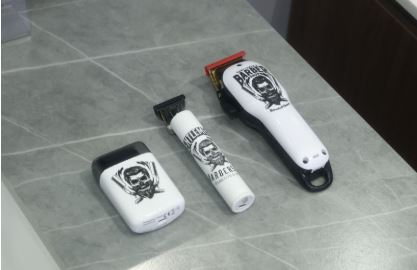
How to Clean Hair Clippers at Home with Alcohol: Simple Guide
Looking for the easiest way to keep your clipper blades clean, disinfected, and tug‑free? This step‑by‑step shows how to clean hair clippers at home with alcohol, when to use clipper spray cleaners...
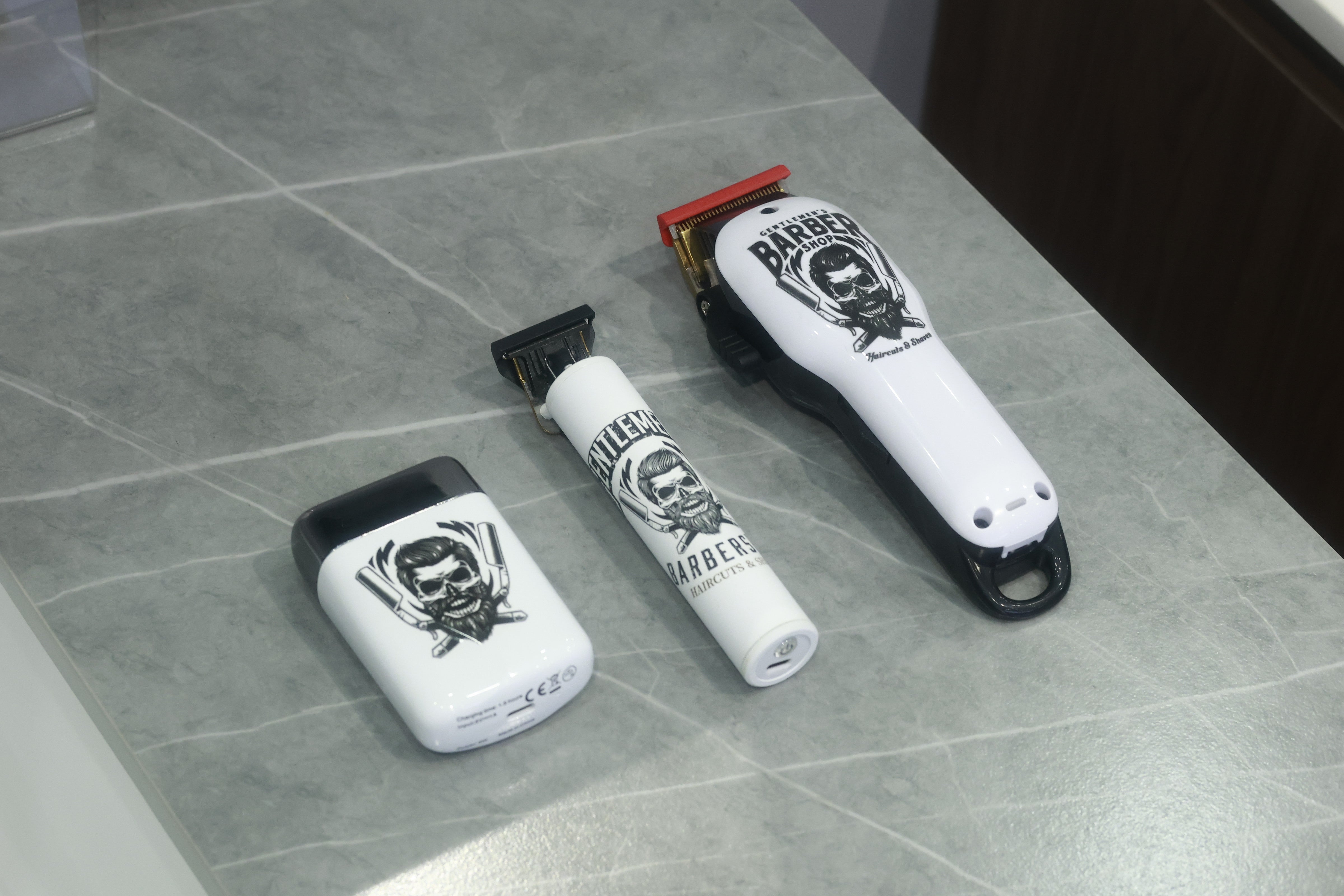
Beard Trimmer vs Hair Clipper: Key Differences & Which to Use
If you’re building a simple grooming kit, the first question is usually beard trimmer vs hair clipper—what’s the difference, and which should you buy first? In short: Hair clippers are built to r...
